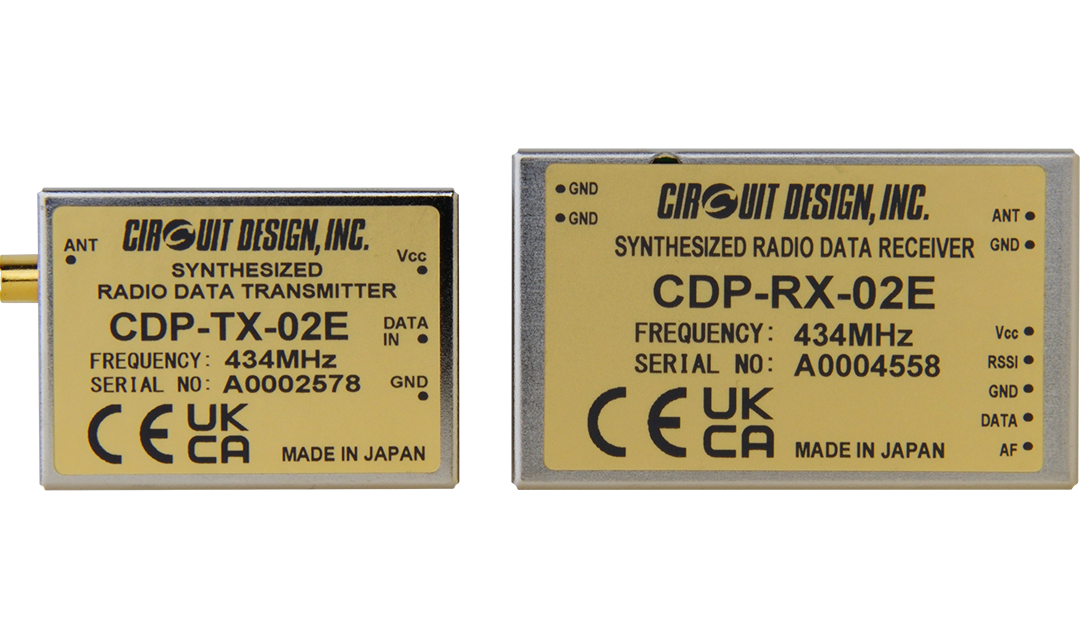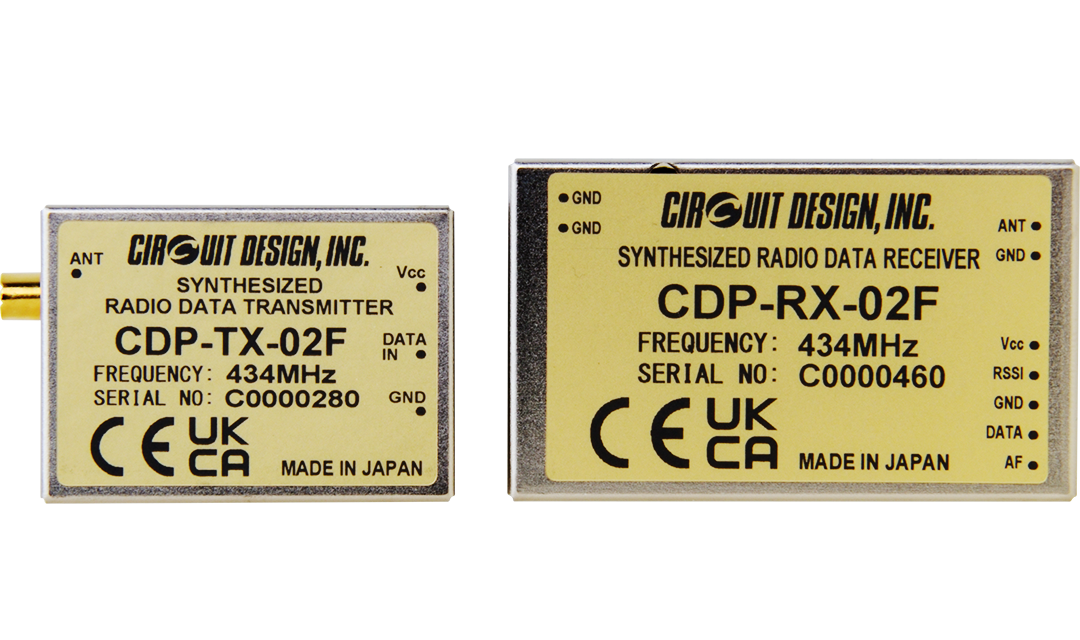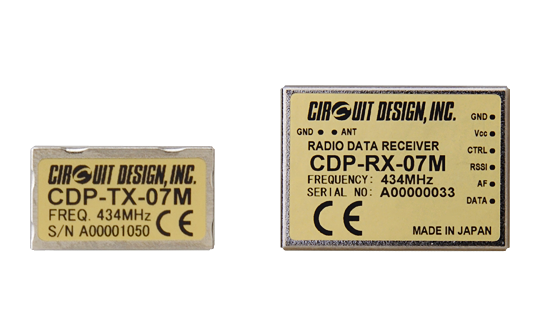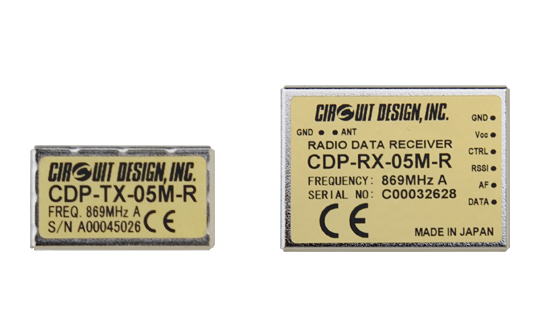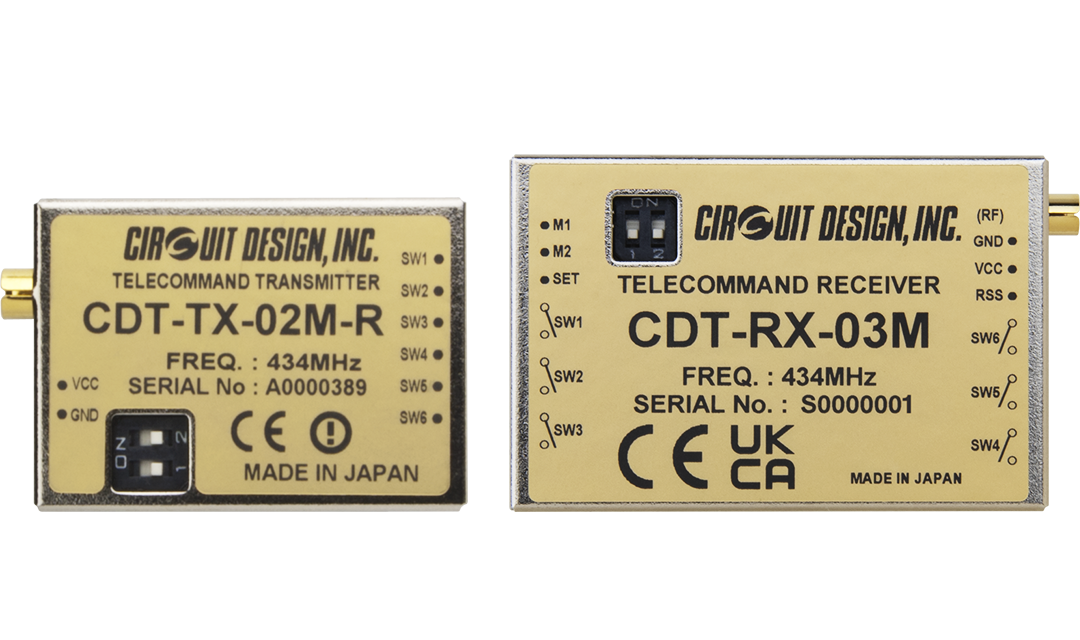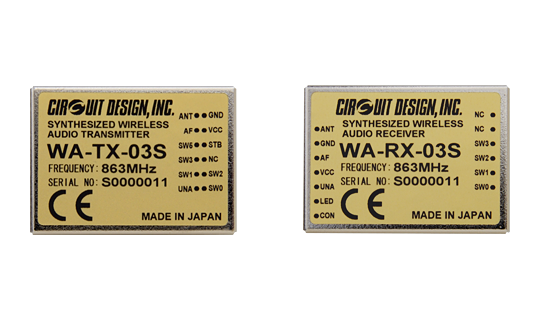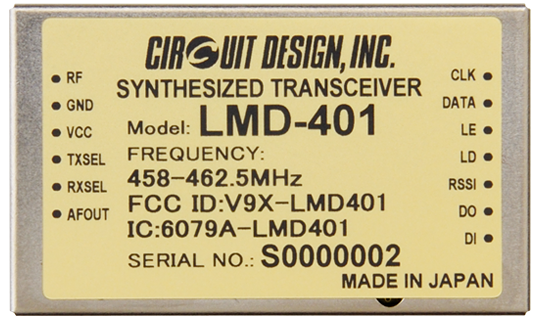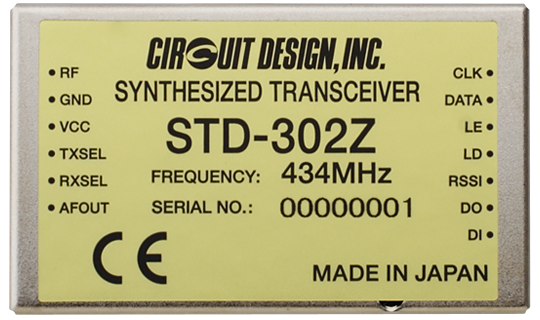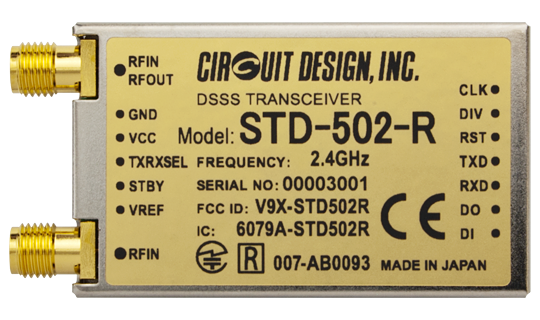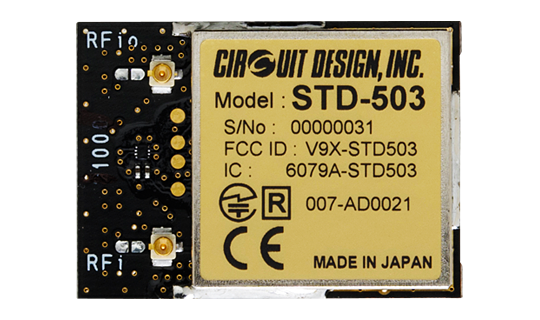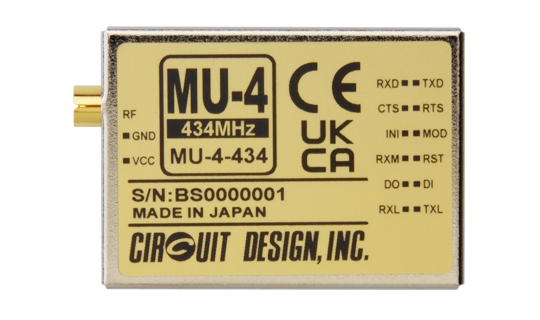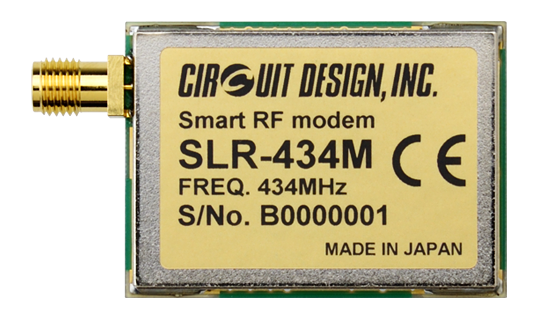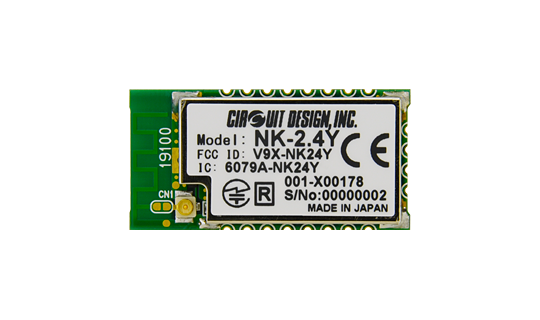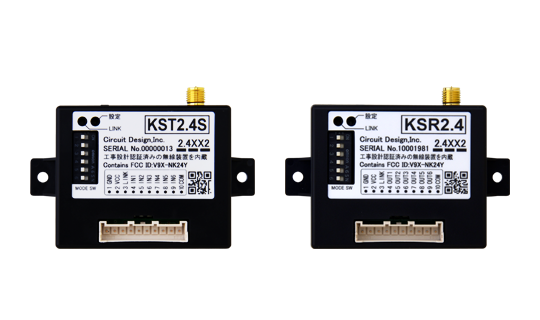Simplex, duplex and communication protocol
Introduction
If a user wants to replace their wired system with a wireless system, it is important to understand that just like wired systems, wireless technology also introduces its own limitations and restrictions.
In a wired system, each of the transmitters and receivers are connected using its own wire. There is no possibility of crosstalk between any of the signal lines and the signals are mostly immune to interference from the environment.
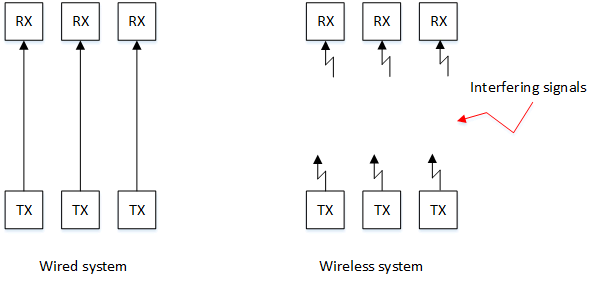
In a wireless system however, you can imagine multiple transmitters and receivers connected to one signal line. The medium is air instead of a cable, so the signals are susceptible to interference from the environment.
This article introduces communication protocols and rules for engineers. By following these rules, you can expect your radio system to operate reliably and without interference.
Communication method
If 2 radios are communicating on a common frequency, they cannot both transmit together otherwise signal collision will occur. So we have simplex, half-duplex and full duplex systems.
Simplex
In simplex, one radio is always transmitting and the other is always receiving. Communication is in a single direction only.

Simplex system
Commercial broadcasts such as television and radio are examples of a simplex system. Other examples are lighting control and TV remotes. In these cases, the user can only see or listen what is being received.
Simplex products
Duplex
In duplex systems, two way communication is permitted.
Half duplex
In half duplex systems, both radios are able to transmit; however both radios cannot transmit at the same time. Since 2 way communication is permitted, the radio needs to switch between transmit and receive modes. This maybe a simple "push to talk" button in the case of walkie-talkies or a transmit/receive setting terminal (e.g. TX/RX) on the radio module. There must be an agreement when one party has stopped transmitting and the other party is allowed to transmit (e.g. by saying "over"). If this is not done, there will be the possibility of signal collision.
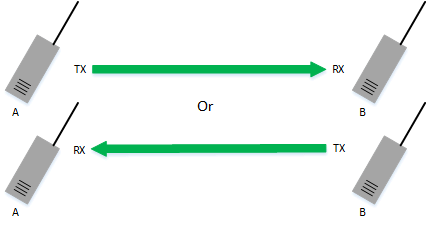
Half duplex system
Half-duplex products
Examples of half duplex systems are two way mobile radios with a push to talk button. For radio transceivers, switching between transmit and receive can be made using a terminal on the module.
Full duplex
In full duplex systems, both radios are allowed to transmit at the same time. This is achieved by using a different frequency for each direction. If the frequencies are sufficiently spaced apart there will be no interference and regulations that permit full duplex systems will usually allocate 2 frequency bands for this purpose. The radios must have dedicated transmit and receive circuitry and no switching is required between them.
Compared to the half-duplex, there is no possibility of a signal collision and both sides can send information in a shorter time. However, the use of 2 frequencies requires higher bandwidth to be used.

Full duplex system
Examples of full duplex communication include the old style telephone (landline). You can speak while hearing the other person.
Full duplex products
None
Bluetooth and LAN
Bluetooth and LAN may appear to be full duplex, but they are in fact communicating in half duplex. The impression of full duplex is provided by having fast TX/RX switching speed that is higher than the communication speed.
Transmission control
If we look at a wired system, parameters such as data rate, how to detect the beginning/end of the data packet etc. all have to be agreed upon for successful communication between transmitter and receiver.
For wireless systems, the receiver has no knowledge of the transmitter and needs to be able to distinguish data from noise. Methods such as preamble and sync words allow the receiver to detect when data arrives and output the transmitted data accordingly. Secondly unlike wired systems, radio signals are affected by noise and interference causing data errors. In this case, the receiver needs to react appropriately. For example, the receiver can request a retransmission or time out in order to receive the next packet. More sophisticated receivers can use error correction to still receive despite interference.
Transmit and receive switching
When using one frequency, it is important to devise some sort of switching between transmit and receive otherwise signal collisions will occur. Below are some examples.
One way communication
This is the simplest, but there is no acknowledgement from the receiver and so the transmitter cannot determine if data was received. In order to increase the chance of successful reception, the transmitter can just send the data repeatedly. While this may work for cyclic communication, it is not really suitable for one time only transmissions.
Polling method
Imagine one master station trying to communicate with many slave stations.
The master can broadcast a single message to all slaves at once. The problem happens when the master requires an acknowledgement (ACK) from each slave to say the message was received. The slaves need to take turns to reply back so that the master can process each acknowledgement. In order that the slaves don't reply all at once, the master can enquire each slave in turn.
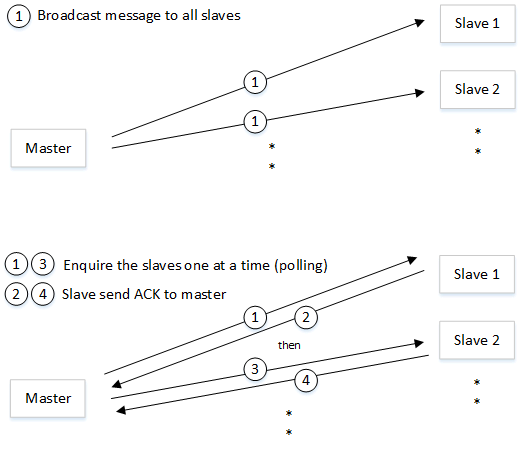
Polling method. The master broadcasts a message. The master then enquires slaves individually to confirm reception.
The disadvantage of this method is that the master has to enquire each slave in turn and the slaves have to hold onto the acknowledgement until it is correct time for it to reply. This all adds to the communication time.
Time division method
We saw in the above example how some of the communication time is wasted when the master has to enquire each slave in turn. Instead it is possible for the slaves to send the acknowledgement on their own. To achieve this the slaves can operate on a timetable with a time slot for each acknowledgement. In theory this would work, however to avoid signal collisions, constant adjustments are required to make sure the slaves only transmit in their designated time slot.
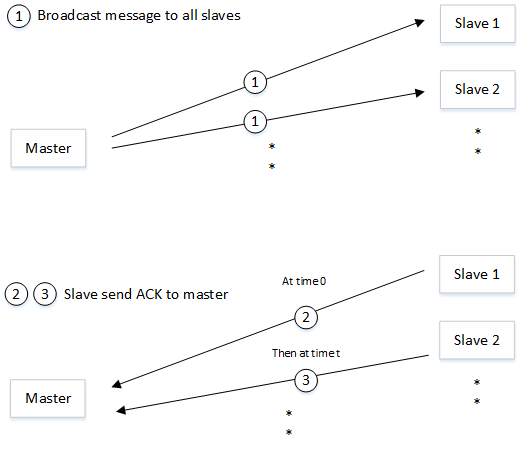
Time division method. The master broadcasts a message and the slave replies in its assigned time slot
Finally
For low power radio, other devices may use the same frequency in addition to the above so care must be taken.
Synchronisation
To synchronise transmitter and receiver, there are 2 main methods:
Timing adjustment
As described in the time method, it is important to continuously maintain timing between devices to prevent risk of signal collision.
Adjustment of reference signal deviation (communication)
For the receiver to extract the binary values correctly, it needs to align to the incoming data signal. If the user data is transmitted without timing information, the receiver will not know the data rate or how to extract the bit values from the signal. If the timing information cannot be derived, the transmitter needs to provide this information separately. This initial signal before the user data is called the preamble (such as 11001100.., 101010..).
Encryption
To prevent transmissions from being intercepted by other devices, signals can be encrypted. This means that even if other devices on the same frequency can correctly receive the signal, the resulting data cannot be read without a decryption key.
Error correction
When bit errors occur during transmission (from interference, noise), the receiver can correct the corrupted bits and recover the data.
Retransmission
If signal reception fails, the receiver can send a request to the transmitter to re-send the data.
Failsafe mechanism
Failsafe is an important consideration in wireless systems.
It is expected that the radio link is interrupted occasionally due to unexpected interference. In such an event, radio systems must be designed that they continue to operate safely and not present any danger to the public.
For example, when the user is holding the button down and the signal is lost - how should the receiver controlling the machine react? Should it stop the machine or let it carry on operating? If the machine needs to stop, it should be in a manner that does not cause injury and if the machine is transporting a load, it can collapse if it stops suddenly. So the receiver should allow the machine to gradually come to a halt. Also machines can be equipped with sensors so in the event of signal loss it can detect if the machine is in an unsafe state and act accordingly.
Compared to wired systems, wireless conditions fluctuate all the time. Engineers should design their radio systems so that they work even when communication conditions are less than optimum.
